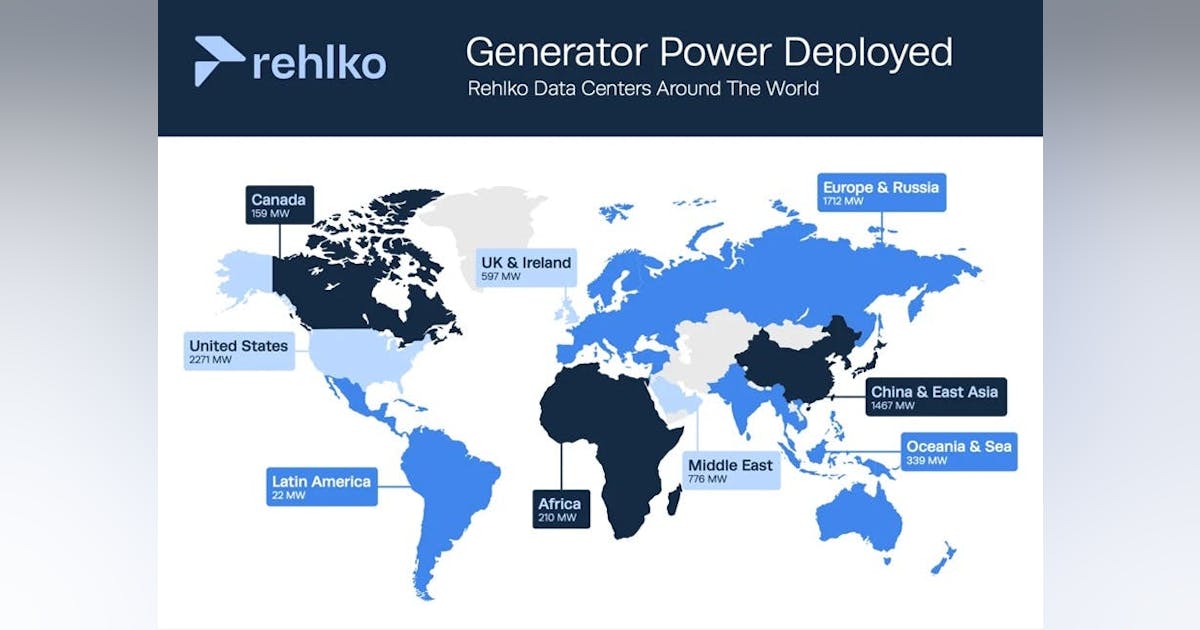Provided byEnsemble
Over the past 20 years building advanced AI systems—from academic labs to enterprise deployments—I’ve witnessed AI’s waves of success rise and fall. My journey began during the “AI Winter,” when billions were invested in expert systems that ultimately underdelivered. Flash forward to today: large language models (LLMs) represent a quantum leap forward, but their prompt-based adoption is similarly overhyped, as it’s essentially a rule-based approach disguised in natural language.
At Ensemble, the leading revenue cycle management (RCM) company for hospitals, we focus on overcoming model limitations by investing in what we believe is the next step in AI evolution: grounding LLMs in facts and logic through neuro-symbolic AI. Our in-house AI incubator pairs elite AI researchers with health-care experts to develop agentic systems powered by a neuro-symbolic AI framework. This bridges LLMs’ intuitive power with the precision of symbolic representation and reasoning.

Overcoming LLM limitations
LLMs excel at understanding nuanced context, performing instinctive reasoning, and generating human-like interactions, making them ideal for agentic tools to then interpret intricate data and communicate effectively. Yet in a domain like health care where compliance, accuracy, and adherence to regulatory standards are non-negotiable—and where a wealth of structured resources like taxonomies, rules, and clinical guidelines define the landscape—symbolic AI is indispensable.
By fusing LLMs and reinforcement learning with structured knowledge bases and clinical logic, our hybrid architecture delivers more than just intelligent automation—it minimizes hallucinations, expands reasoning capabilities, and ensures every decision is grounded in established guidelines and enforceable guardrails.
Creating a successful agentic AI strategy
Ensemble’s agentic AI approach includes three core pillars:
1. High-fidelity data sets: By managing revenue operations for hundreds of hospitals nationwide, Ensemble has unparallelled access to one of the most robust administrative datasets in health care. The team has decades of data aggregation, cleansing, and harmonization efforts, providing an exceptional environment to develop advanced applications.
To power our agentic systems, we’ve harmonized more than 2 petabytes of longitudinal claims data, 80,000 denial audit letters, and 80 million annual transactions mapped to industry-leading outcomes. This data fuels our end-to-end intelligence engine, EIQ, providing structured, context-rich data pipelines spanning across the 600-plus steps of revenue operations.
2. Collaborative domain expertise: Partnering with revenue cycle domain experts at each step of innovation, our AI scientists benefit from direct collaboration with in-house RCM experts, clinical ontologists, and clinical data labeling teams. Together, they architect nuanced use cases that account for regulatory constraints, evolving payer-specific logic and the complexity of revenue cycle processes. Embedded end users provide post-deployment feedback for continuous improvement cycles, flagging friction points early and enabling rapid iteration.
This trilateral collaboration—AI scientists, health-care experts, and end users—creates unmatched contextual awareness that escalates to human judgement appropriately, resulting in a system mirroring decision-making of experienced operators, and with the speed, scale, and consistency of AI, all with human oversight.
3. Elite AI scientists drive differentiation: Ensemble’s incubator model for research and development is comprised of AI talent typically only found in big tech. Our scientists hold PhD and MS degrees from top AI/NLP institutions like Columbia University and Carnegie Mellon University, and bring decades of experience from FAANG companies [Facebook/Meta, Amazon, Apple, Netflix, Google/Alphabet] and AI startups. At Ensemble, they’re able to pursue cutting-edge research in areas like LLMs, reinforcement learning, and neuro-symbolic AI within a mission-driven environment.
The also have unparalleled access to vast amounts of private and sensitive health-care data they wouldn’t see at tech giants paired with compute and infrastructure that startups simply can’t afford. This unique environment equips our scientists with everything they need to test novel ideas and push the frontiers of AI research—while driving meaningful, real-world impact in health care and improving lives.
Strategy in action: Health-care use cases in production and pilot
By pairing the brightest AI minds with the most powerful health-care resources, we’re successfully building, deploying, and scaling AI models that are delivering tangible results across hundreds of health systems. Here’s how we put it into action:
Supporting clinical reasoning: Ensemble deployed neuro-symbolic AI with fine-tuned LLMs to support clinical reasoning. Clinical guidelines are rewritten into proprietary symbolic language and reviewed by humans for accuracy. When a hospital is denied payment for appropriate clinical care, an LLM-based system parses the patient record to produce the same symbolic language describing the patient’s clinical journey, which is matched deterministically against the guidelines to find the right justification and the proper evidence from the patient’s record. An LLM then generates a denial appeal letter with clinical justification grounded in evidence. AI-enabled clinical appeal letters have already improved denial overturn rates by 15% or more across Ensemble’s clients.
Building on this success, Ensemble is piloting similar clinical reasoning capabilities for utilization management and clinical documentation improvement, by analyzing real-time records, flagging documentation gaps, and suggesting compliance enhancements to reduce denial or downgrade risks.
Accelerating accurate reimbursement: Ensemble is piloting a multi-agent reasoning model to manage the complex process of collecting accurate reimbursement from health insurers. With this approach, a complex and coordinated system of autonomous agents work together to interpret account details, retrieve required data from various systems, decide account-specific next actions, automate resolution, and escalate complex cases to humans.
This will help reduce payment delays and minimize administrative burden for hospitals and ultimately improve the financial experience for patients.
Improving patient engagement: Ensemble’s conversational AI agents handle inbound patient calls naturally, routing to human operators as required. Operator assistant agents deliver call transcriptions, surface relevant data, suggest next-best actions, and streamline follow-up routines. According to Ensemble client performance metrics, the combination of these AI capabilities has reduced patient call duration by 35%, increasing one-call resolution rates and improving patient satisfaction by 15%.
The AI path forward in health care demands rigor, responsibility, and real-world impact. By grounding LLMs in symbolic logic and pairing AI scientists with domain experts, Ensemble is successfully deploying scalable AI to improve the experience for health-care providers and the people they serve.
This content was produced by Ensemble. It was not written by MIT Technology Review’s editorial staff.





















